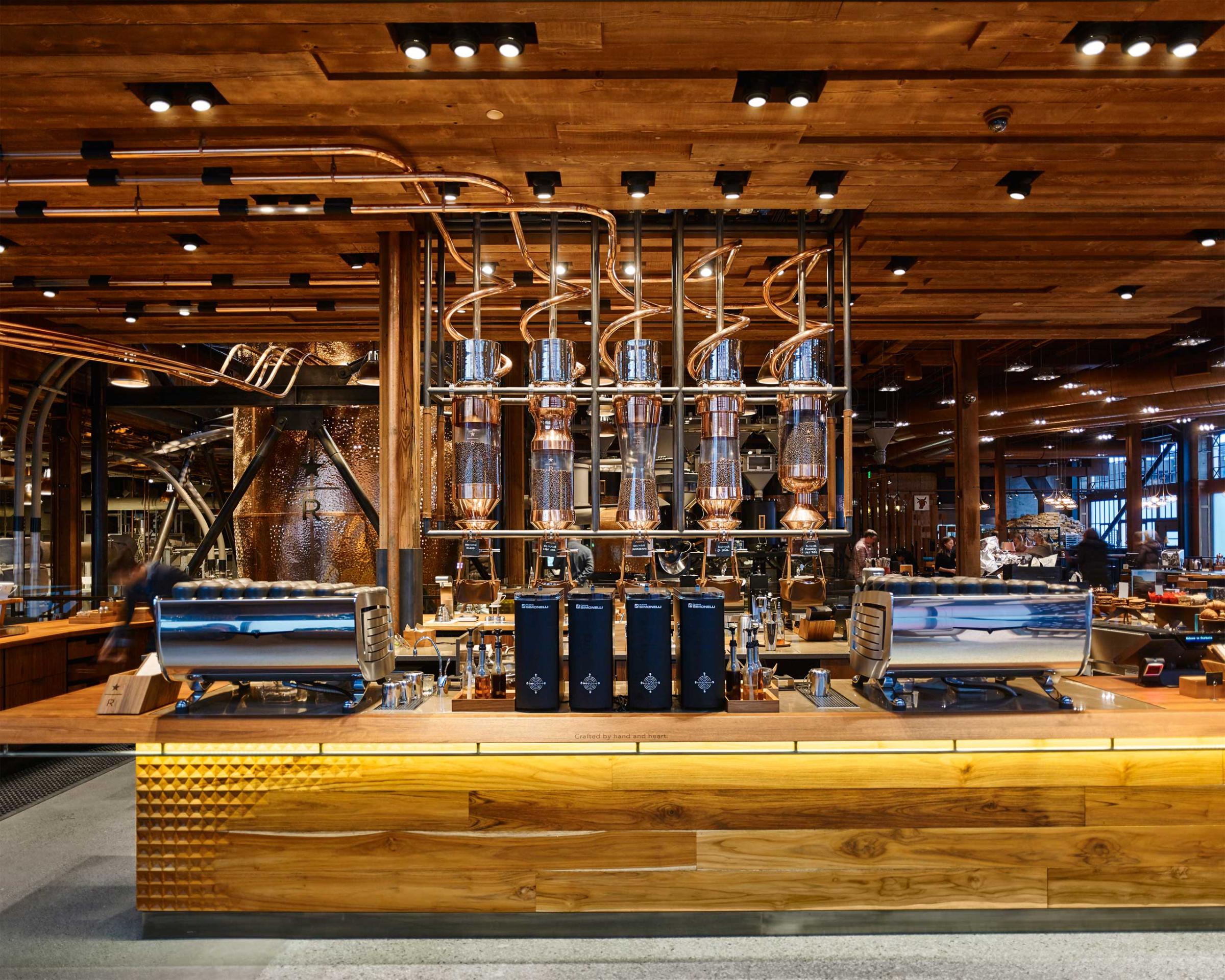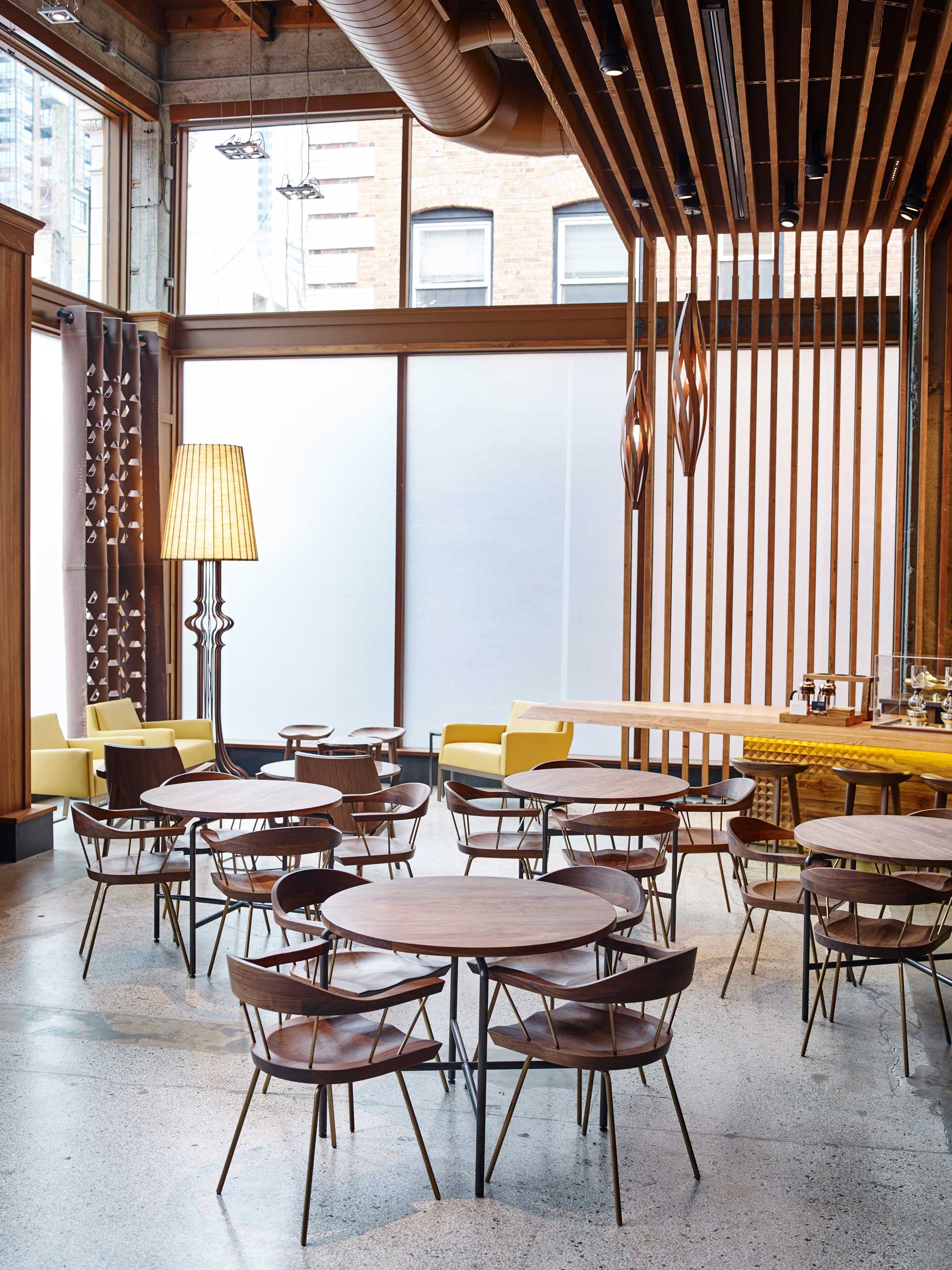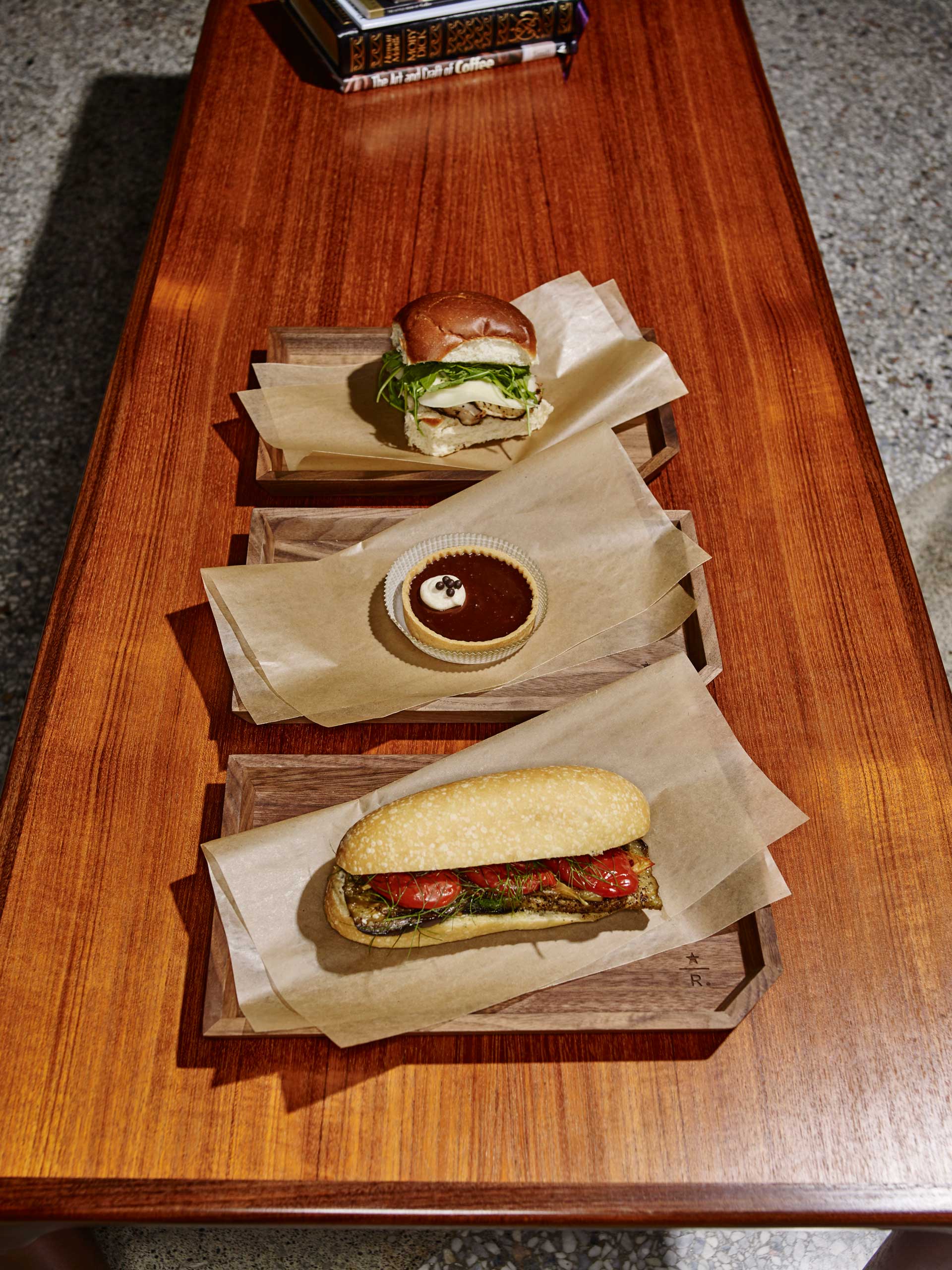
If there is a retail proxy for America, it must be Starbucks. The company has 12,000 stores in the US, doing 47 million transactions per week, serving 70 million unique customers. One in eight people found a Starbucks card in their Christmas stocking last year. So when Starbucks founder and CEO Howard Schultz says something about consumers, people tend to listen. (Indeed, everyone from President Obama to the heads of major investment banks have been known to ring him for a cup by cup read on the state of the economy.)
At the company’s biannual investor conference this week, Schultz gave his take on the state of the recovery in the US. While Schultz is bullish, laying out some robust growth targets for his company, he also said, “We are living at a time when the world is very fragile, and that effects consumer confidence.” Just like the overall economy, Starbucks is bifurcated—stores in some affluent cities are doing more business than ever, while others have yet to spring back from the last several years of crisis and recession.
Go Inside Starbucks' Wild New 'Willy Wonka Factory of Coffee'








What’s more, the way people are shopping is changing profoundly. According to Schultz, the “seismic shift” in consumer spending from bricks and mortar retail outlets to online shopping that the company first noted last year has become “a tidal wave.” That’s going to change the entire nature of retail and public spaces. As Schultz put it, “I wouldn’t want to be a mall operator five to ten years from today,” referencing the fact that foot traffic in malls and in Main Street shopping areas throughout the country is way down from last year.
The problem is, that’s where most Starbucks today are located. Solution: a whole new approach to stores that mirrors this new economy. Just as fashion brands have “haute” couture and mass market lines, Starbucks will now have luxury “reserve” stores, and many more express kiosks, mobile coffee trucks and all kinds of specialized retail outlets purpose built for specific spaces. Think luxe roadside coffee pit-stops, or “hammerhead” shaped drive through outlets made out of used cargo containers that will sit in the entrance to highways or on small silvers of land near a bowling alley or another local attraction.
The idea will be to make Starbucks a destination in and of itself, one that’s not so dependent on foot traffic. “People are still longing for connection, and a sense of community, perhaps more so now that they are spending more time at their computers, or working from home,” says Schultz. But in order to preserve the “third place,” Schultz says the company will increasingly have to offer “experience, rather than just a product.”
On Dec. 5, Schultz debuted part of the new strategy—his first flagship “Roastery,” a 15,000 square foot space in Capitol Hill, Seattle that is both a coffee roasting facility, and a consumer retail outlet. The place is to coffee what FAO Schwartz is to toys or Dover Street Market is to fashion—retail theatre. You can watch beans being roasted, talk to master grinders, have your drink brewed in front of you in multiple ways, lounge in a coffee library, order a selection of gourmet brews and locally prepared foods. (The entire store is crafted from Made in America materials, by regional artisans.) The architecture says “niche” not mass, as does the merchandise—copies of the New Yorker are scattered alongside top of the line espresso machines and bags of reserve beans marked with their crop year.
Schultz calls it his “Willy Wonka factory of coffee,” and it speaks to the fact that in retail, as in nearly every aspect of the economy these days, there seems to be two directions—up, or down. At the Roastery, a latte made from beans cut and roasted in front of you only minutes before can cost more than $6 bucks. And the truth is that they could probably charge a lot more. There’s little price sensitivity for the upscale consumer these stores—and the smaller “Reserve” stores inspired by the flagship, which will be coming to a town near you in 2015—will target.
In America these days, there are two kinds of people: those that can buy lattes, and those who make them. Schultz is endeavoring to change both their lives.
Read next: How to Win Free Starbucks for Life
More Must-Reads from TIME
- Cybersecurity Experts Are Sounding the Alarm on DOGE
- Meet the 2025 Women of the Year
- The Harsh Truth About Disability Inclusion
- Why Do More Young Adults Have Cancer?
- Colman Domingo Leads With Radical Love
- How to Get Better at Doing Things Alone
- Michelle Zauner Stares Down the Darkness
Contact us at letters@time.com